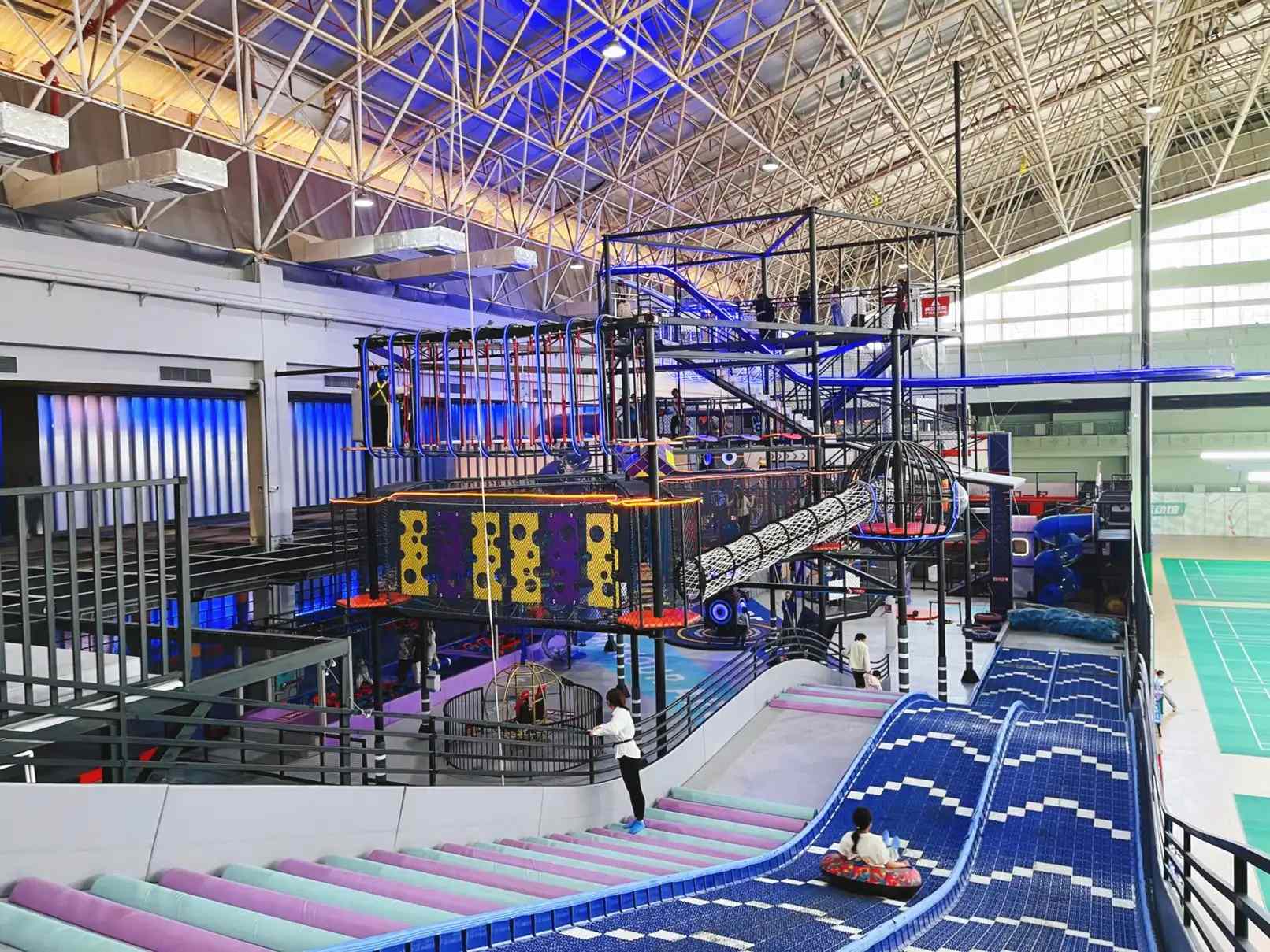Best Age for Trampoline Parks & Safety Guide
摘要:
Best Age for Trampoline Parks & Safety GuideTrampoline parks offer fun for all ages, but safety
Best Age for Trampoline Parks & Safety Guide
Trampoline parks offer fun for all ages, but safety and enjoyment depend on age-appropriate design, zoning, and supervision. Here’s a structured overview of the article’s core insights:
Optimal Age for Trampoline Park Play

Most trampoline parks start welcoming children at 3 years old, as this is when kids develop better balance and motor control. However, age-specific zones and features ensure safety and fun for all ages (toddlers to adults).
Age Zoning: Separating Play Areas by Age Group
Parks are divided into zones to match abilities and needs:

– 3–5 years: Low-bounce trampolines, soft mats, padded walls, mini climbing spots, and slides. Close supervision is critical.
– 6–12 years: Medium-bounce trampolines, foam pits, climbing walls, interactive games, and mini obstacle courses.
– 13+ (teens/adults): High-performance trampolines, slam dunk zones, dodgeball courts, ninja warrior courses, and wall trampolines.

Toddler Safety: Special Considerations for Younger Kids
While full-sized trampolines are unsafe for toddlers, most parks offer toddler zones with:
– Smaller, softer trampolines with low rebound.

– Foam blocks, padded walls/floors, and minimal crowding.
– “Toddler time” (exclusive play for under-5s) to reduce age-mixed accidents.
Parents must supervise closely and follow park rules.
Design Differences Across Age Groups
Play styles vary by age, so design adapts:
– Toddlers (3–5): Prioritize soft, low-risk surfaces (e.g., soft barriers, easy slides).
– Children (6–12): Focus on interactive, moderately challenging features (e.g., foam pits, mazes).
– Teens/Adults: Emphasize high-energy, advanced activities (e.g., ninja courses, high-bounce trampolines).
Safety Features Tailored to Age
Safety is non-negotiable and age-specific:
– Young jumpers (3–5): Low-bounce trampolines, soft padding, safety netting, and parental supervision.
– 6–12 years: Medium-bounce surfaces, foam pits under jumps, “one jumper per trampoline” rules, and age-appropriate signage.
– Teens/adults: Sturdy trampoline frames, impact-dampening surfaces, and supervised high-energy zones.
Why Age Matters
Ages differ in coordination, strength, and risk tolerance. Age-based design:
– Prevents injuries (e.g., older kids/teens colliding with toddlers).
– Maximizes enjoyment (activities match skill levels).
FAQs at a Glance
– Minimum age: Typically 3 years, with toddler zones for younger kids.
– Toddler checks: Look for soft mats, padded enclosures, low-bounce trampolines, and clear supervision policies.
– Mixed-age use: Possible if parks are zoned, regulated, and staffed properly.
Choosing a Park: Tips for Parents
Check the park’s website or staff for:
– Age zones and activities.
– Safety certifications (e.g., ASTM, TUV).
– Toddler-specific sessions (e.g., “toddler time”).
In summary, trampoline parks thrive when they prioritize age-specific design, safety, and supervision. By aligning features with abilities, parks ensure fun for everyone—from toddlers to adults.
For custom age-specific trampoline park designs, the article recommends Mizone Playground, which specializes in safe, tailored solutions.






